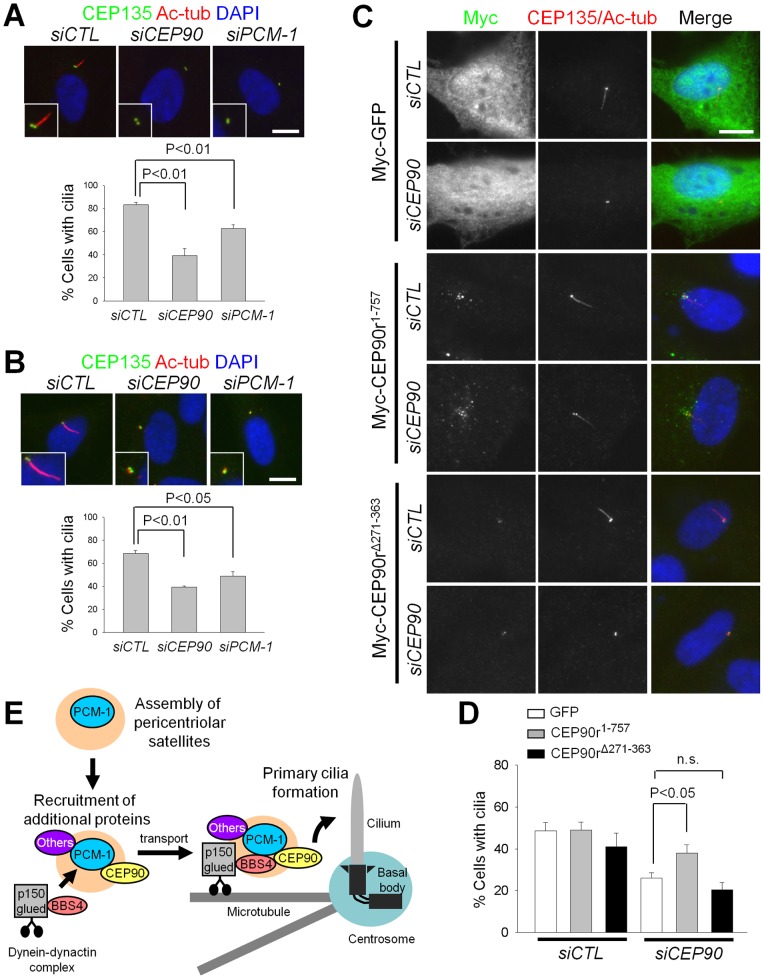Figure 5. CEP90 is required for primary cilia formation.
(A) The CEP90- and PCM-1-depleted RPE-1 cells were cultured in serum-starved medium. The cells were co-immunostained with antibodies specific to CEP135 and acetylated-tubulin. The number of cells with primary cilia (≥1 μm in length) was counted. Over 300 cells were analyzed in 3 independent experiments. (B) The CEP90- and PCM-1-depleted RPE-1 cells were treated with cytochalasin D (100 nM) in serum-starved medium for 16 h. The number of cells with cilia was counted. Over 300 cells were analyzed in 3 independent experiments. (C–D) The CEP90-depleted RPE-1 cells were rescued with RNAi-resistant Myc-CEP90 (Myc-CEP90r1–757 and Myc-CEP90rΔ271–363). The cells were treated with cytochalasin D (100 nM) in serum-starved medium for 16 h. (C) Basal bodies and cilia were immunostained together with antibodies specific to CEP135 and acetylated-tubulin, respectively. (D) The number of cells with cilia was counted. Over 300 cells were analyzed in 6 independent experiments. The graphs show mean values and standard errors (A, B, D). (E) A model: CEP90 for centrosomal localization of centriolar satellites and primary cilia formation. For assembly of centriolar satellites, PCM-1 functions as a scaffold to recruit CEP90, BBS4 and other components (Others). CEP90 may mediate BBS4 recruiting during centriolar satellite assembly. The centriolar satellites with structural integrity can transport to the centrosome by a microtubule- and dynein/dynactin-dependent manner. In quiescent cells, centriolar satellites near the basal body promote primary cilia formation.

